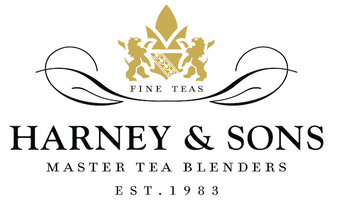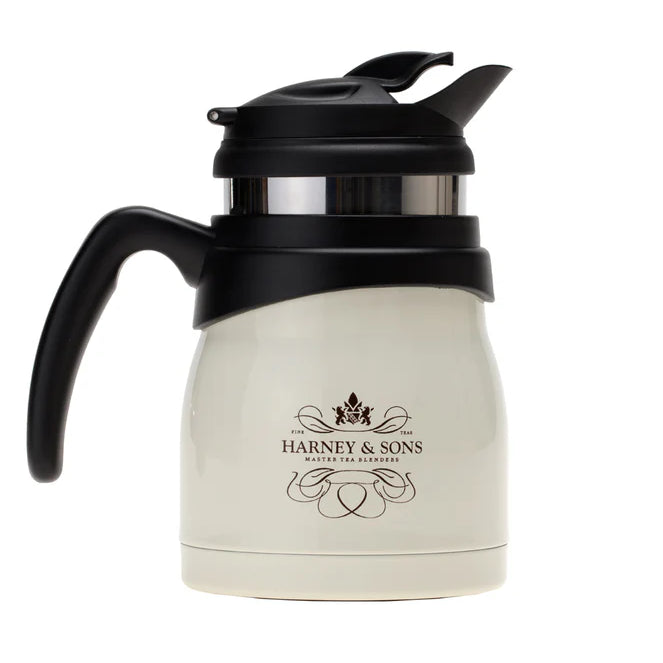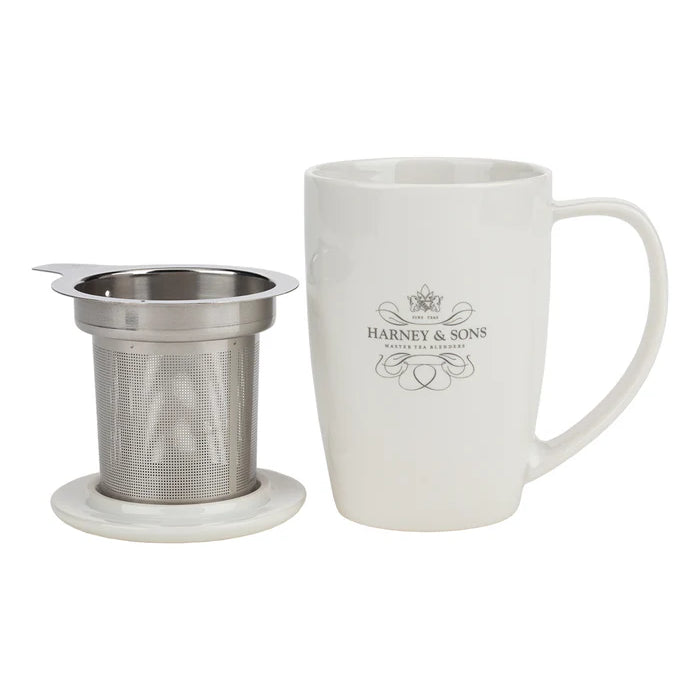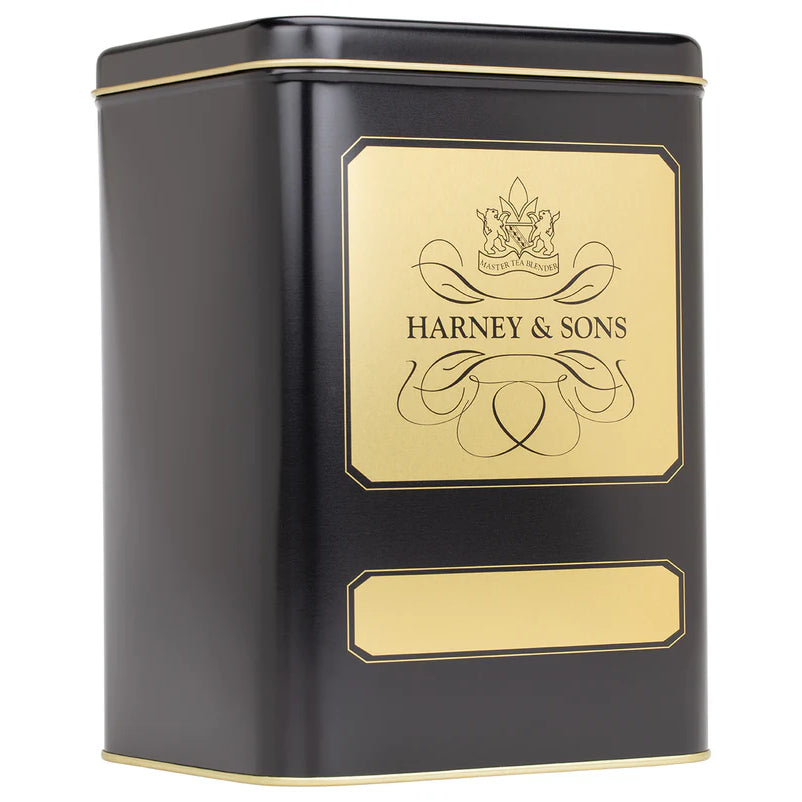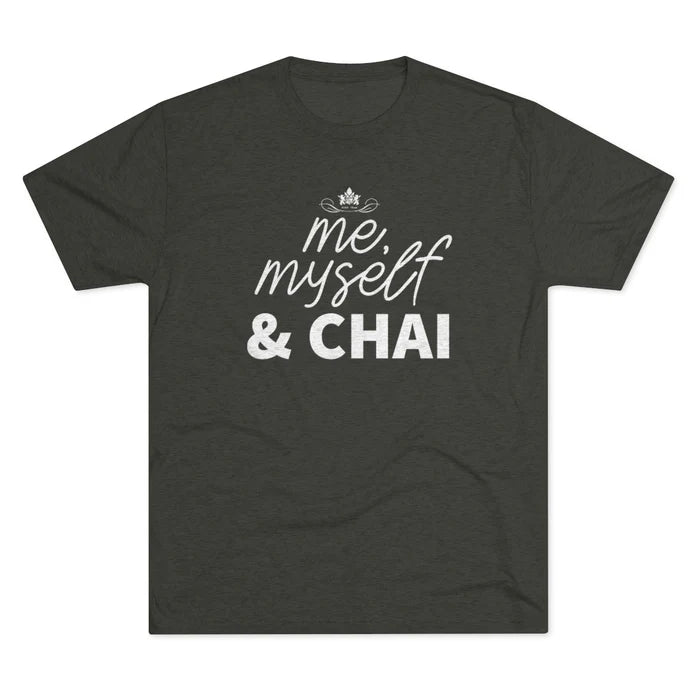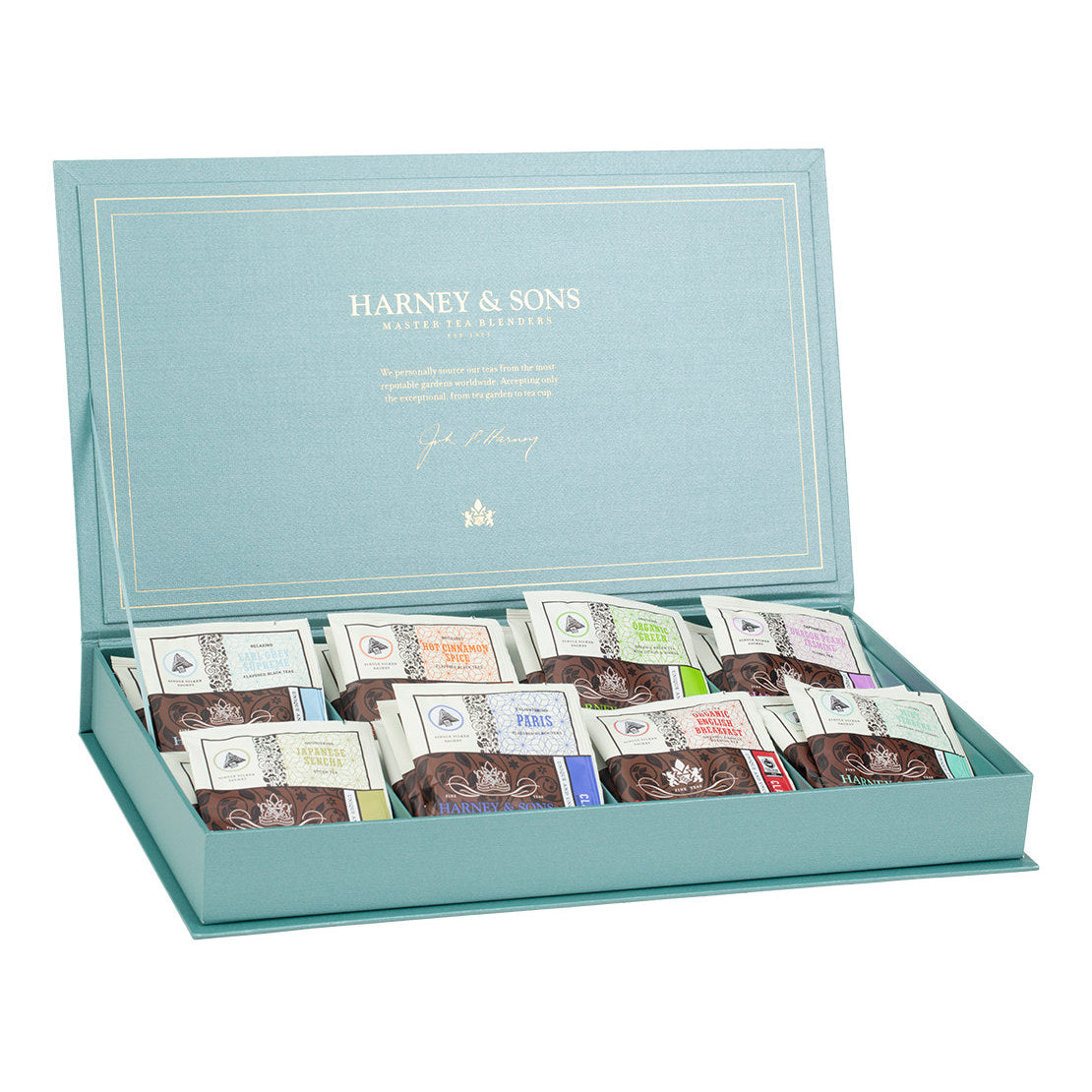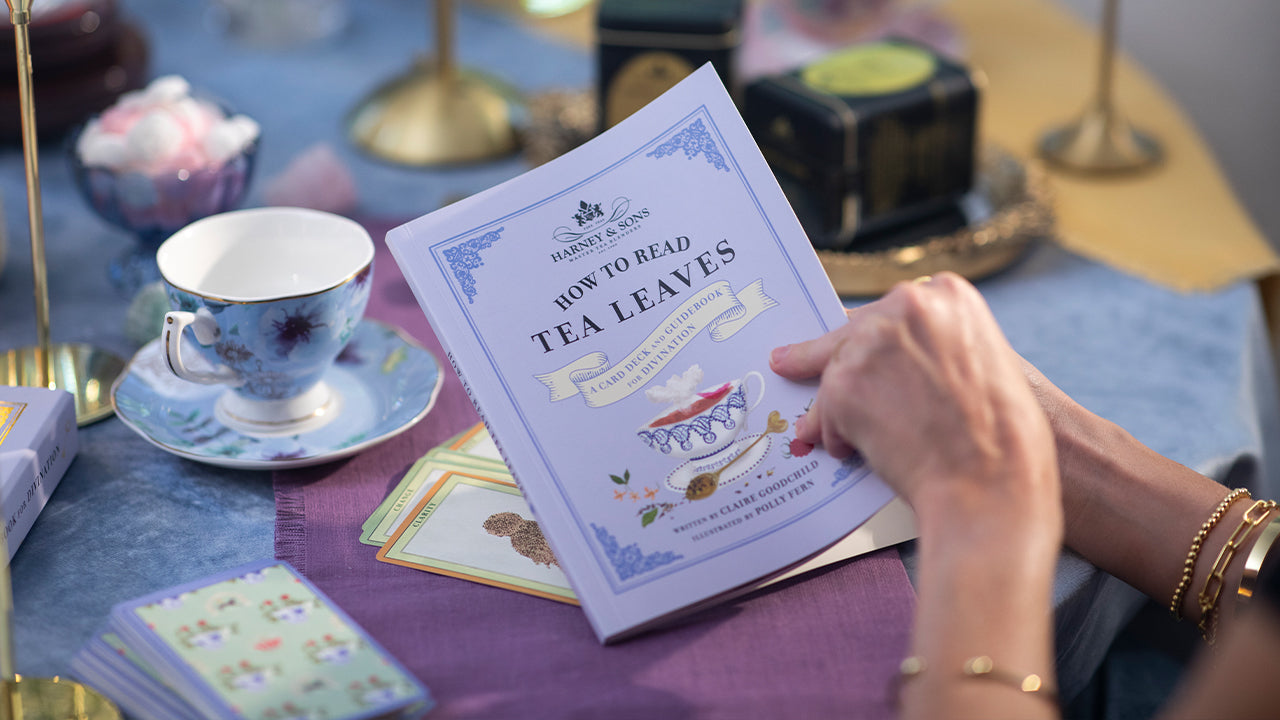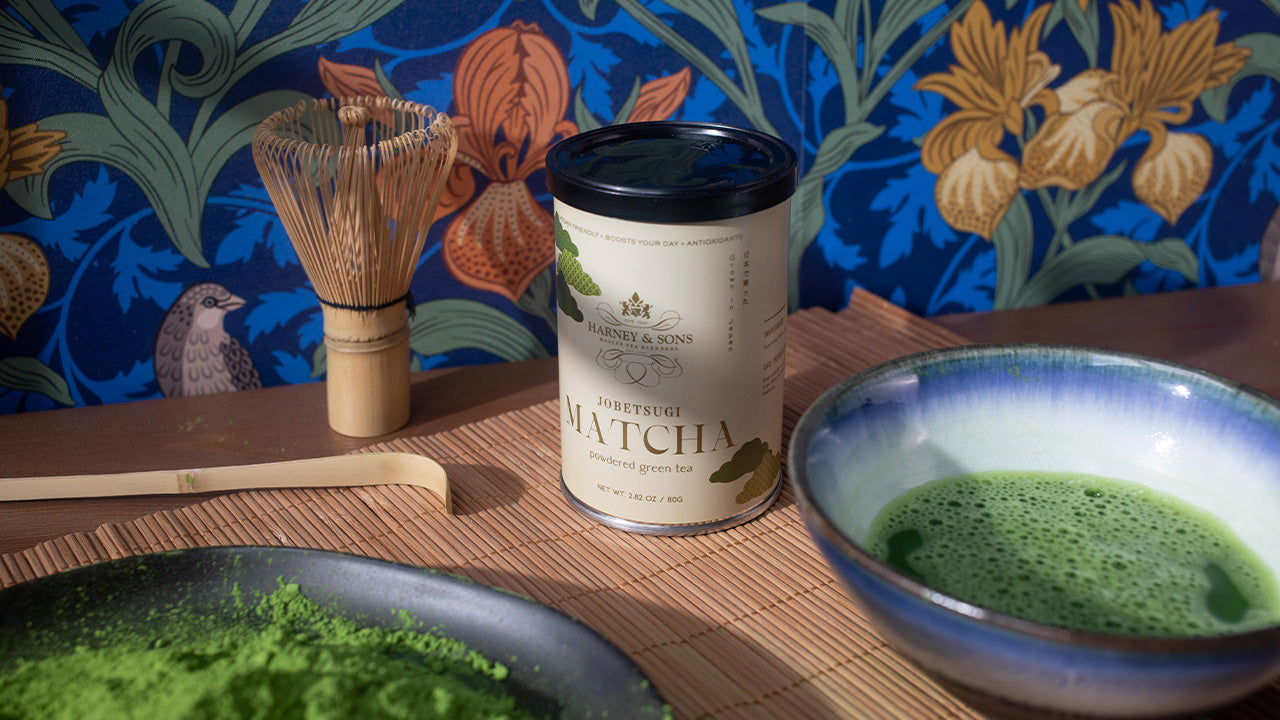Few drinks have stirred up as much political controversy as tea. What began as a treasured import from China quickly grew into a global commodity that shaped empires, fueled revolutions, and even inspired modern-day political movements. From colonial rebellions to international trade wars, tea has repeatedly proven itself to be far more than a comforting beverage. It’s a symbol of power, resistance, and identity. Join us as we delve into the rich history of politics and tea.

The Boston Tea Party & American Revolution
When Americans dumped 340 chests of tea into the Boston Harbor on a cold December night, they weren’t just protesting the price of their daily brew—they were rejecting imperial control. By the mid-1700s, tea had become an essential part of daily life in the American colonies, just as it was in British households. More than a beverage, it served as a cultural connection to Britain and a symbol of refinement, stability, and social ritual. Today, we continue that tradition by sharing the same black teas that have been treasured for centuries.
At the time, Britain’s Parliament was eager to rescue the struggling East India Company (EIC), a joint-stock company founded to trade with the East Indies. A collapse of the company would have led to massive implications for Great Britain in terms of economic stability. They could lose revenue from tariffs, duties, and dividends. Not to mention the lingering economic impact on banks, investors, and the government itself.
The East India Company faced deep financial trouble, and to make matters worse, it was sitting on a surplus of unsold tea. In an effort to bail out the company, Parliament passed the Tea Act of 1773, which allowed the EIC to ship tea directly to the American colonies without paying certain taxes that colonial merchants were required to pay. On the surface, it made tea cheaper. However, colonists saw it differently. The act essentially gave the EIC a monopoly on tea sales, and it reinforced Britain’s right to tax the colonies without representation. Accepting the tea meant accepting Parliament’s authority.
We all know what happens next. Resistance spread quickly as tea merchants and colonists organized boycotts, refusing to purchase or sell British tea. Pamphlets and newspapers portrayed tea drinking as an act of submission, while refusing tea became a symbol of patriotism. Protests reached their peak on December 16, 1773, when members of the Sons of Liberty boarded ships in Boston and dumped 92,000 pounds of East India Company tea into the harbor. The destruction of this cargo was a clear and significant act of protest that cost Great Britain roughly $1.5 million in today’s money.
Parliament tried to punish colonists by closing its port and tightening imperial control, but the crackdown only united them. By turning their beloved brew into a political weapon, they unknowingly set the stage for the American Revolution. What had once been a symbol of refined British culture became an emblem of rebellion.

The Opium Wars
Britain’s insatiable demand for tea had far-reaching consequences beyond the American Revolution. By the 19th century, that appetite was fueling industrial expansion at home and creating conflicts abroad, most notably the Opium Wars with China.
At the time, Great Britain relied heavily on China for its tea supply. However, their demand created a huge trade imbalance. Britain had to pay for tea in silver, which drained its treasury and created mounting economic pressure. Merchants and policymakers were desperate for a way to reverse the outflow of wealth while maintaining a steady supply of tea to domestic consumers. The solution came in the form of opium, cultivated in British-controlled India and sold illegally to China. The opium trade generated enormous profits, allowing Britain to purchase tea with the proceeds rather than silver.
While economically practical, this arrangement had a devastating impact on Chinese lifestyle and culture. Opium is a highly addictive substance derived from the opium poppy. It contains natural alkaloids like morphine and codeine, which directly interact with the brain’s opioid receptors. Once introduced on a large scale, it quickly spread through society. Farmers, laborers, merchants, and even public officials became dependent on opium, spending their earnings on the drug, in turn, neglecting their responsibilities at work and at home. Communities watched as productivity declined, poverty deepened, and households collapsed under the weight of addiction. A policy designed to strengthen trade ultimately unraveled China’s social fabric, leaving citizens uncertain about their government’s ability to protect them.
Widespread anger and social unrest prompted the Chinese government to enforce strict bans on opium, seizing shipments and punishing traders. But Britain wasn’t going down without a fight. Determined to defend its profits and access to tea, they responded with military force—sparking the First Opium War. In the aftermath, the Treaty of Nanking forced China to cede Hong Kong, open five ports to foreign trade, and grant Britain “most-favored-nation” status. It was the first of many “unequal treaties” that eroded Chinese sovereignty.
Fourteen years later, China made another attempt to shut down the opium trade and regain control. Britain, unwilling to give up its profits, returned with a powerful new ally: France. This conflict, known as the Second Opium War, once again saw Western firepower overwhelm Chinese defenses. Foreign troops entered Beijing and burned the imperial Summer Palace, creating a lasting image of China’s weakened position and the high stakes of the conflict.
The war ended with two major agreements: the Treaty of Tientsin and the Convention of Peking. These treaties required China to open more ports to trade, legalize the opium trade, permit foreign travel and missionary activity, and pay substantial sums of money to Britain and France. The combined impact deepened social unrest, strained the economy, and fueled public resentment. More than just a loss on the battlefield, these agreements marked a dramatic expansion of foreign control and set the stage for what later became known as China’s “Century of Humiliation.”

World Wars & Tea Trade
The Opium Wars demonstrated how tea could drive global conflict and reshape societies, but they were far from the only wars in which the tea trade and consumption were affected. In the 20th century, both World Wars would again reshape how people accessed, consumed, and even thought about tea.
During World War I, Britain faced significant disruptions to its tea imports as German U-boats targeted merchant shipping. Although supplies continued to arrive, lost cargo and strained shipping routes forced some areas to implement rationing. Tea remained a vital morale booster for both soldiers and civilians. On the front lines, soldiers cherished their tea breaks as moments of comfort and routine. At home, families held on to the ritual of a warm cup, a small measure of normalcy amid food shortages and the uncertainties of wartime.
By the start of World War II, tea had become a lifeline for morale, and shortages carried serious consequences. Nazi blockades and attacks severely disrupted trade, making tea a rationed commodity. Still, the government prioritized tea, recognizing its role as a comforting part of everyday life. A cup of tea became a small but powerful source of normalcy during air raids, blackouts, and bombings. Tea shops, canteens, and workplaces ensured citizens and soldiers could access it whenever possible, helping maintain routines and a sense of community.
From the late 1800s to World War II, green tea was a significant component of global tea consumption. In the United States, it was consumed as much as, if not more than, black tea. In fact, until the war disrupted supply, Americans regularly drank green tea imported from Japan and China, and it was considered a staple in many households. Once the United States and other Allied nations severed trade with Japan, green tea quickly became scarce outside the country. At the same time, Japan used green tea as a tool of wartime propaganda, leveraging it to bolster cultural pride even as resources grew increasingly scarce.
Imports didn’t fully resume until 1971, ending a decades-long hiatus and sparking a renewed interest in Japanese green tea. The reopening of trade introduced Americans to its distinctive flavors and traditional brewing practices, inspiring a new generation to explore and appreciate green tea in ways that had been impossible for decades. This resurgence laid the groundwork for the tea’s growing popularity in American culture and the subsequent wellness trends.
 Modern Tariffs & Trade Wars
Modern Tariffs & Trade Wars
Centuries after sparking wars and revolutions, tea continues to be influenced by global politics today, particularly through tariffs, trade disputes, and evolving supply chains. Tea is not grown much in the United States, so we import 99% of our teas. And yes, we pay tariffs on those imports. And yes they do add up. However, that is a story for another day.
Despite these challenges, the tea industry has shown remarkable resilience. Importers and distributors have adapted by exploring alternative sourcing strategies, diversifying supply chains, and investing in technology to streamline customs processes. Companies are also forging new trade partnerships, improving logistics, and finding innovative ways to meet consumer demand despite global disruptions. Policies come and go, economies rise and fall, and trade patterns shift, but through it all, tea has endured, leaving its mark on history.
